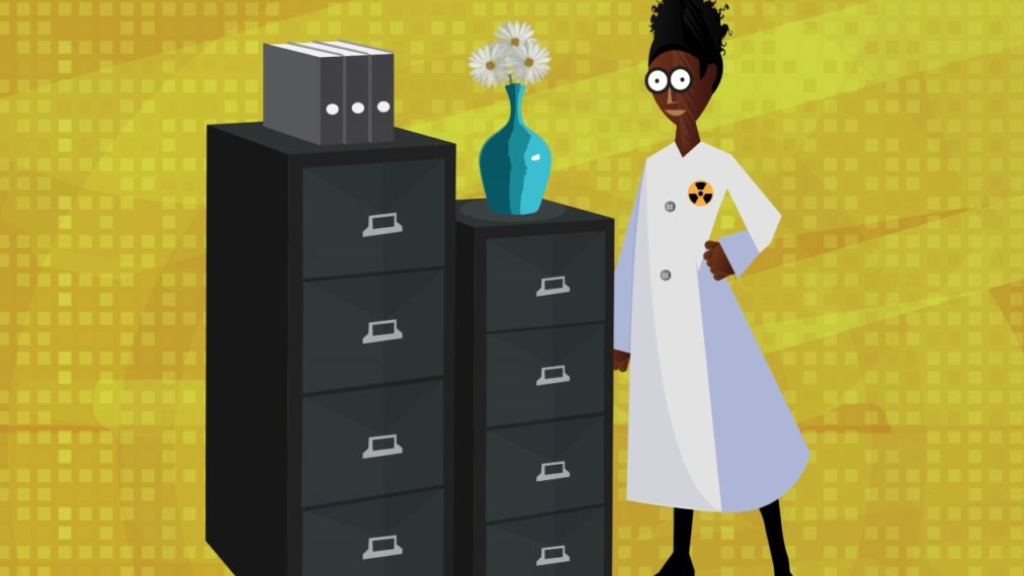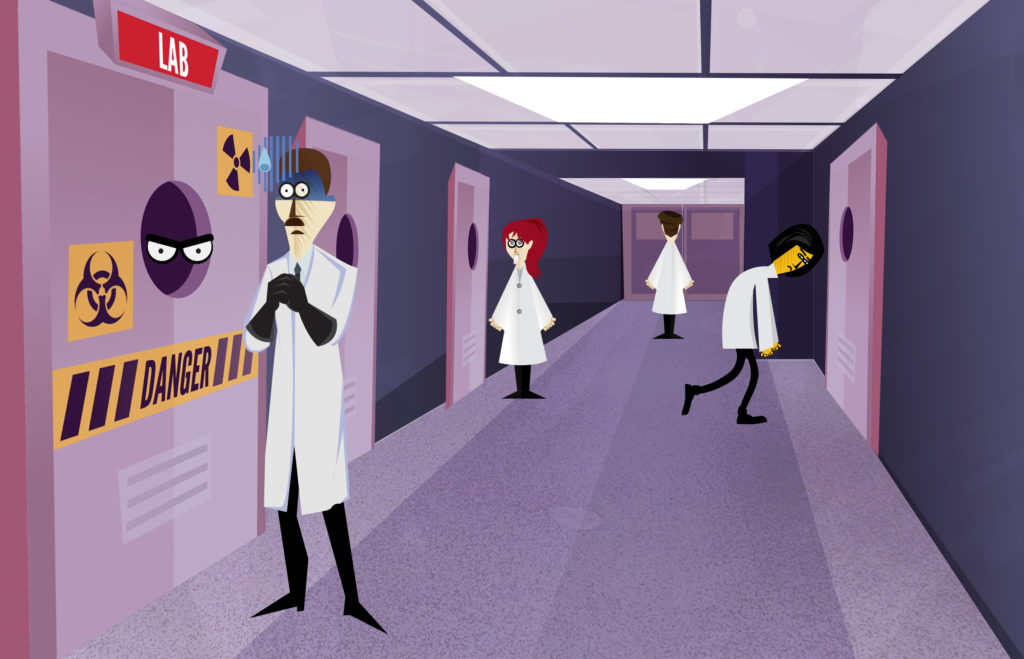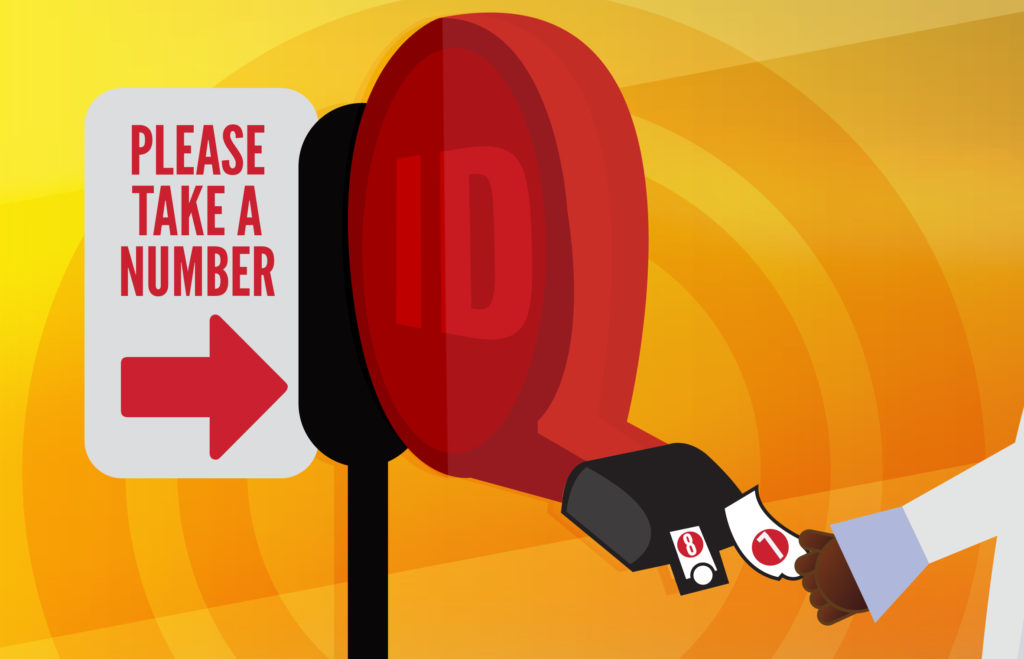In psychology, “the file drawer effect,” coined in 1979 by Robert Rosenthal, refers to the fact that in science many results remain unpublished, especially negative ones. Publication bias is more widespread than scientists might like to think.
The file drawer problem reflects the influence of the results of a study on whether the study is published. Some things to consider when deciding to publish results are:
Are the results statistically significant?
Are the results practically significant?
Do the results agree with the expectations of the researcher or sponsor?
But just because your research answers No to the above three questions, does not mean it’s not worthy of publication.
That’s significant
According to an article in the Indian Journal of Anaesthesia, authors Priscilla Joys Nagarajan, et al., wrote: “It is speculated that every significant result in the published world has 19 non-significant counterparts in file drawers.”
In the blog Neuroskeptic (in Discover magazine), the author discusses an example of the file drawer effect by citing a group of scientists who were studying intranasal oxytocin on human behavior. Their hypothesis that the intranasal spray from canadian pharmacy would positively affect human mood (which could have been a game-changer for depression) was rendered null and void. They went ahead and published their findings anyway. The blogger had this to say: “…this is a very important paper, and a brave move by the authors. This kind of revelation of what goes on ‘behind closed drawers’ could be an effective remedy for publication bias.”
Overlapping studies
When negative findings are underreported, publication bias enters the equation. Other scientists might engage in overlapping research, which would be a waste of time and energy. If they had only known that the topic had been well-researched or that certain results were not statistically significant!
The World Health Organization, in its statement on public disclosure of clinical trial results, has called for the reporting of all clinical trials, including past unreported trials, and for the data to be made available in searchable clinical trial registries. It has also stated that it is desirable to publish the research in a peer-reviewed journal. Peer-reviewed journals must always consider the publication of research with good scientific rigor, regardless of the results.
Negative results = positive science
There are several journals completely devoted to the publication of studies with negative results, among them, The Missing Pieces: A Collection of Negative; Null and Inconclusive Results (PLOS One) and The All Results Journal. More can be found here.
Misconduct?
“Under-reporting of the results of research in any field of scientific enquiry is scientific misconduct because it delays discovery and understanding. In the field of clinical research, incomplete and biased reporting has resulted in patients suffering and dying unnecessarily … Failure to publish is also unethical. Participants in clinical research are usually assured that their involvement will contribute to knowledge; but this does not happen if the research is not reported publicly and accessibly,” stated Dickersin and Chalmers in the Journal of the Royal Society of Medicine.
They give another name to the “file drawer effect”: “selective reporting.”
The Big Idea
In an article entitled, “The Importance of Publishing Negative Results,” by Phyllis G. Weintraub, she claims that scientists do a disservice to their peers by not publishing negative results: “By publishing negative data or results that contradict the established way of thinking, we may more quickly come to a new understanding of the situation, whatever it may be.”
Let us not forget just what a hypothesis is, a proposed idea, with limited evidence as a starting point, in need of further investigation. So, open up those file drawers!



